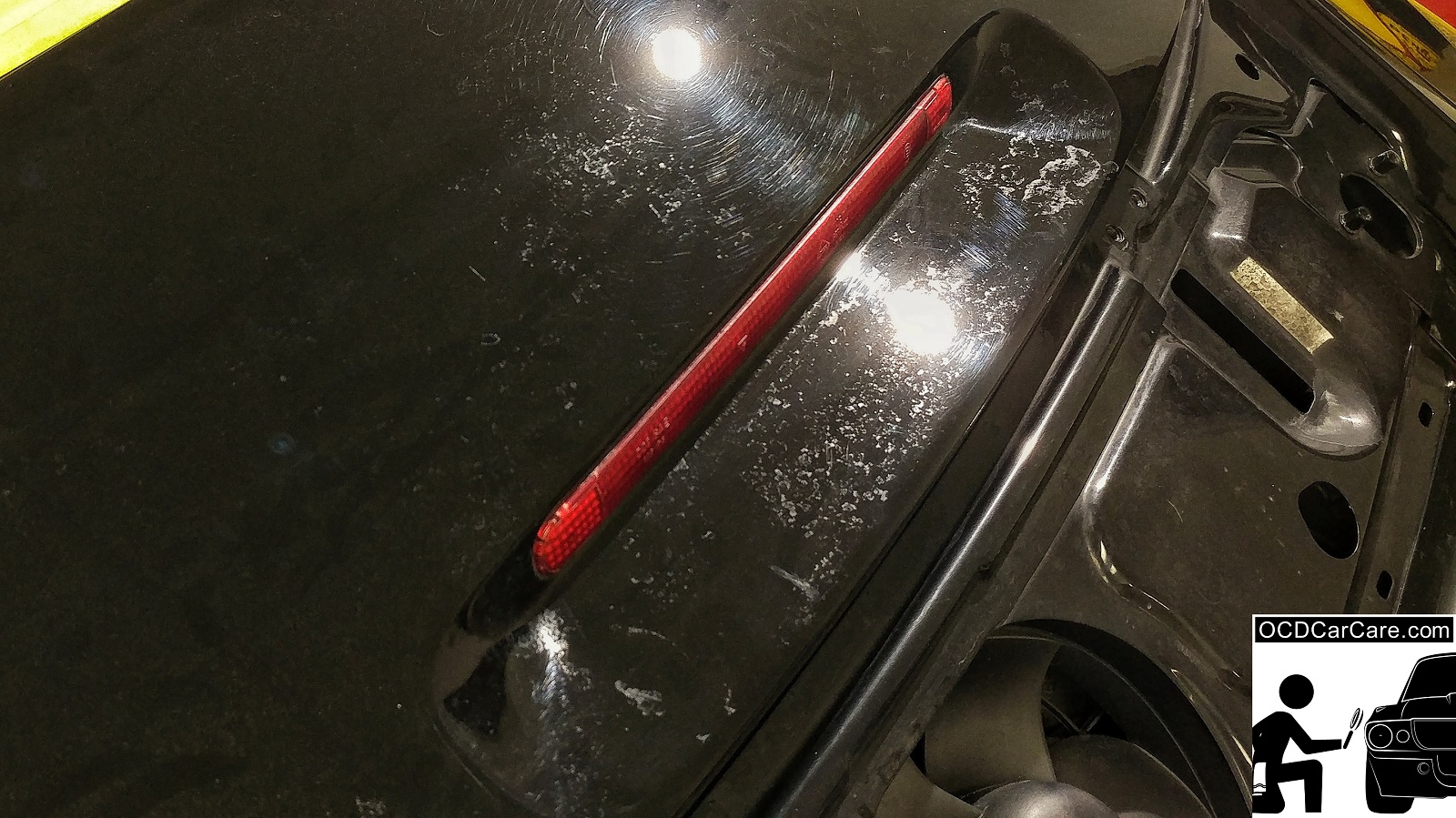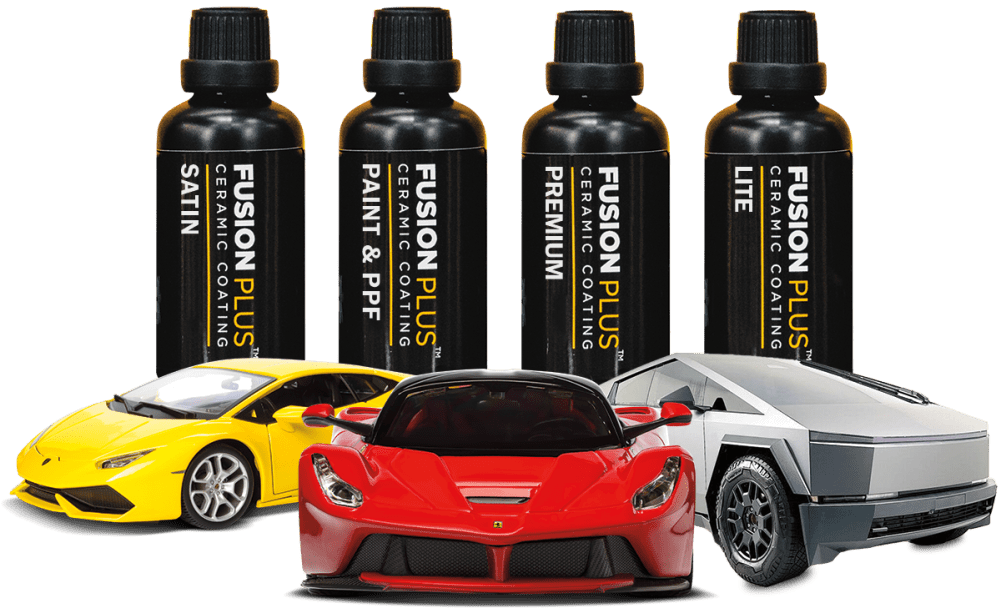How Ceramic Coating Enhances Your Vehicle's Protection and Appearance
How Ceramic Coating Enhances Your Vehicle's Protection and Appearance
Blog Article
Ceramic Finish vs. Standard Wax: Which Offers Much Better Long-Term Protection?
The debate between ceramic finishings and standard wax for automobile defense has actually amassed substantial attention amongst auto lovers and experts alike. While both satisfy of safeguarding paint, their differences in toughness, application, and long-lasting upkeep prices may influence a consumer's selection. Ceramic finishings boast superior long life and resistance to ecological variables, yet the intricacy of their application increases questions concerning accessibility and usefulness. As we explore these contrasting alternatives, it comes to be important to consider not just the prompt benefits however additionally the effects for lorry treatment in time.
Review of Ceramic Covering
Ceramic finishing has gained substantial appeal among auto fanatics and detailers alike as a result of its sophisticated protective top qualities. This cutting-edge innovation is designed to produce a long lasting, hydrophobic shield over a lorry's paint surface, considerably enhancing its resistance to ecological contaminants such as dirt, UV rays, and chemical stains. Unlike typical wax, which provides a short-lived layer of protection, ceramic finishes bond at a molecular level with the paint, using resilient durability-- often extending past two years with correct maintenance.
The application process involves careful prep work of the lorry's surface area, consisting of cleansing and brightening to guarantee optimal bond. When used, the covering treatments to develop a durable layer that not only includes depth and gloss to the paint but likewise simplifies upkeep. With its hydrophobic residential or commercial properties, ceramic covering permits water and dirt to slide off even more quickly, reducing the frequency of washes and reducing the danger of swirl marks.
In addition, ceramic layers are available in various solutions, enabling customers to pick products tailored to their details needs and preferences. In general, ceramic covering represents a significant development in paint security technology, supplying exceptional efficiency contrasted to traditional choices.
Overview of Standard Wax
Typically considered as a staple in automobile care, wax works as a popular option for those seeking a simple technique to boost and secure their vehicle's paint - ceramic coating. Automotive wax generally consists of natural components, such as carnauba, or artificial compounds, created to create a safety layer on the surface area of the paint. This layer not just improves the vehicle's gloss and beam but likewise provides an obstacle against environmental pollutants
The application of wax is generally easy to use, making it obtainable for both experts and do it yourself fanatics. It can be used by hand or device, enabling flexibility in the describing process. As soon as used, wax requires a treating period, after which it hardens to develop a protective covering. Wax is also recognized for its capacity to ward off water, promoting a beading result that helps in the avoidance of water places and deterioration.
Nevertheless, while wax is efficient for boosting the visual charm of a lorry, it is necessary to note that the protection it offers might demand much more regular reapplication compared to alternate products, such as ceramic finishings. Generally, traditional wax remains a favored option for those focusing on simplicity of use and instant aesthetic renovation.
Longevity and Long Life Contrast
While both ceramic coatings and conventional wax deal safety advantages for automotive paint, their durability and longevity differ significantly. Standard wax, commonly made from all-natural carnauba or synthetic polymers, normally gives a protective layer that lasts around three to six months. This fairly short lifespan requires regular reapplication to preserve optimal defense.
In contrast, ceramic coatings are crafted from sophisticated nanotechnology, creating a covalent bond with the paint surface. This causes a robust, hydrophobic layer that can sustain for 2 to five years, depending on the item and ecological problems. The premium resilience of ceramic finishes is credited to their chemical framework, which provides enhanced resistance to scrapes, UV rays, and oxidation.

Protection Against Environmental Factors
Shielding a car's paint from environmental variables is critical for preserving its look and value with time. Vehicles are constantly subjected to a selection of elements, including UV rays, bird droppings, tree sap, acid rain, and road gunk, all of which can jeopardize the integrity of the paintwork.
Ceramic finishings give a durable defense versus these environmental assailants. Unlike typical wax, which can deteriorate rapidly under UV direct exposure, ceramic layers develop a durable, hydrophobic layer that resists the dangerous results of sunlight and environmental contaminants. This sophisticated modern technology develops a chemical bond with the lorry's surface, using premium protection that lasts for years, even in extreme problems.
In contrast, ceramic layers maintain their safety top qualities much longer, substantially reducing the threat of paint damage and making certain that the automobile retains its visual appeal. As a result, ceramic coatings are progressively recognized as the remarkable option for lasting security versus ecological variables.
Application and Upkeep Differences
The techniques of application and succeeding maintenance for ceramic blog here coatings and conventional wax vary significantly, affecting the general customer experience and efficiency of each product. Ceramic finishings require an even more intricate application procedure, typically entailing surface go now area prep work that includes washing, decontaminating, and brightening the automobile. When the surface prepares, the ceramic covering is used in a regulated environment, often requiring expert proficiency to ensure proper treating and bonding to the paint.

While both items enhance automobile appearance, the longer-lasting defense provided by ceramic coatings may justify their preliminary financial investment, regardless of the even more requiring application procedure. Conversely, typical wax remains a preferred selection for those seeking an easier, albeit short-term, option.

Conclusion
To conclude, ceramic layers demonstrate significant advantages over standard wax in terms of longevity and environmental management. With a lifespan extending two to five years and premium resistance to UV rays, dirt, and chemical spots, ceramic layers supply an extra efficient solution for long-term car upkeep. Although the application process might need professional competence, the resulting expense financial savings and minimized frequency of reapplication highlight the value of ceramic layers for read here those looking for optimal vehicle protection.
The dispute between ceramic layers and traditional wax for vehicle defense has actually garnered substantial interest amongst auto fanatics and specialists alike. Unlike traditional wax, which provides a short-lived layer of defense, ceramic coverings bond at a molecular degree with the paint, using durable sturdiness-- usually extending beyond two years with proper maintenance.
While both ceramic coatings and typical wax deal protective advantages for auto paint, their durability and durability differ substantially. For cars and truck lovers looking for long-lasting defense, ceramic coatings provide an engaging benefit over conventional wax items.
In conclusion, ceramic coverings show considerable benefits over typical wax in terms of toughness and environmental security.
Report this page